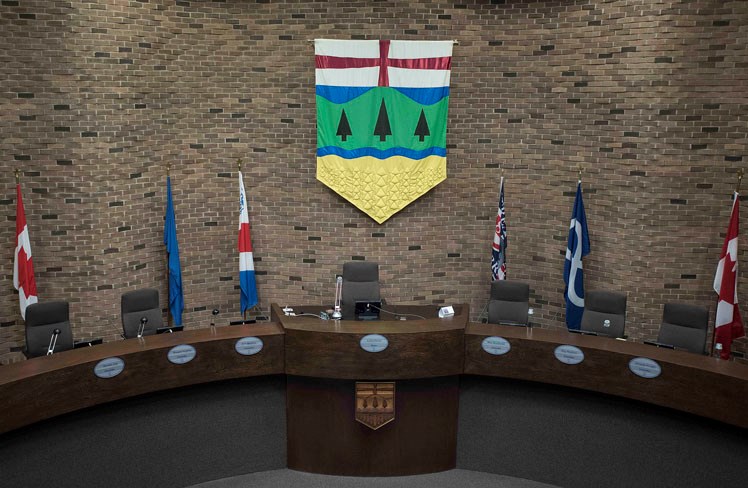As of Jan. 1, St. Albert's new policy for renaming city streets, neighbourhoods, and other municipal assets is in effect.
City council approved the policy last June after nearly two years of research, engagement, drafting, and revisions. At the time of approval, several members of council said they were proud of the final product, and said the policy would serve the community well in the years to come.
Coun. Natalie Joly said she is curious to see how much the community will use the renaming process.
“I'm interested to see how much interest we'll have from residents in terms of changing names that already exist,” she said. “There was a huge push for this back when Kamloops was first in the news a couple of summers ago — so many residents were reaching out saying how important this was — but when we ultimately passed it, we didn't have that same engagement.”
“I don't know what to expect.”
The policy's process for renaming a municipal asset, such as Grandin Road, starts with a resident, or a non-resident with a “substantial” connection to St. Albert, submitting an application asking for an asset to be renamed. The application must include a certain level of support from community members, as well as an explanation as to why the applicant would like the asset to be renamed.
Exactly what level of support, and in what form, must be included in an application to have a local asset be renamed isn't defined in the policy. Rather, the policy states the responsibility to determine the level of support needed is that of the city's chief administrative officer, Bill Fletcher, through an “administrative directive.”
In an email, city spokesperson Cory Sinclair said Fletcher's administrative directive, which is referenced in the policy multiple times as being responsible for spelling out other parts of the renaming process, hasn't been finalized. Fletcher was not available for an interview.
“It is an internal procedural document for staff that outlines their individual roles and responsibilities in administering the council policy,” Sinclair said of the administrative directive. “Administrative directives, unlike council policies, are not shared with the public.”
“We are hoping to have everything finalized and posted to the city's website by mid- to late-January, including all the documents needed to assist the public establish community support.”
Sinclair said those looking to submit applications will have to do so through an online application process that will eventually be made available on the city's website.
The policy directs Fletcher to form a “Naming Committee” when it comes time to review any applications. The committee must include one representative from St. Albert's Arts and Heritage Foundation and representatives from eight different city departments, including government relations, Indigenous relations, community services, I.T., and policing services.
Sinclair said applications will be reviewed four times a year and not immediately after receiving an application.
The committee will determine whether the name under consideration meets the policy-set criteria.
The criteria includes names that refer to current or historical people known for holding discriminatory views or who committed discriminatory or harmful actions; names that negatively represent a group or culture; names that include derogatory terms; and names that bring “the City of St. Albert into disrepute.”
Prior to making a final decision, the committee can consult and engage relevant and affected community groups and equity-deserving groups.
If the committee finds the application and name in question does not meet the criteria, a two-year moratorium on the name being considered for renaming begins.
If the name in question is determined to meet the criteria for renaming, the naming committee must recommend to council that the asset should be renamed, while also providing a recommendation for a new name that either meets the new policy-determined criteria for appropriate names, or is a name drawn from an existing list of pre-approved names.
City council will be responsible for making the final decision on whether a city asset is renamed.
When it comes to new names, the policy's criteria includes references to local geographical or topographical features; references to plants and flowers local to the area; references to historic events with significant meaning to local Indigenous communities, the city, or the province; generic names that align with themes present throughout the city (such as words that start with the letter E if naming something in Erin Ridge); and references to “traditional usage, ways of knowing, cultural and historic interpretive elements of local and regional Indigenous peoples.”
The policy also dictates commemorative names, or the practice of naming things after people, should be used only on rare occasions.




